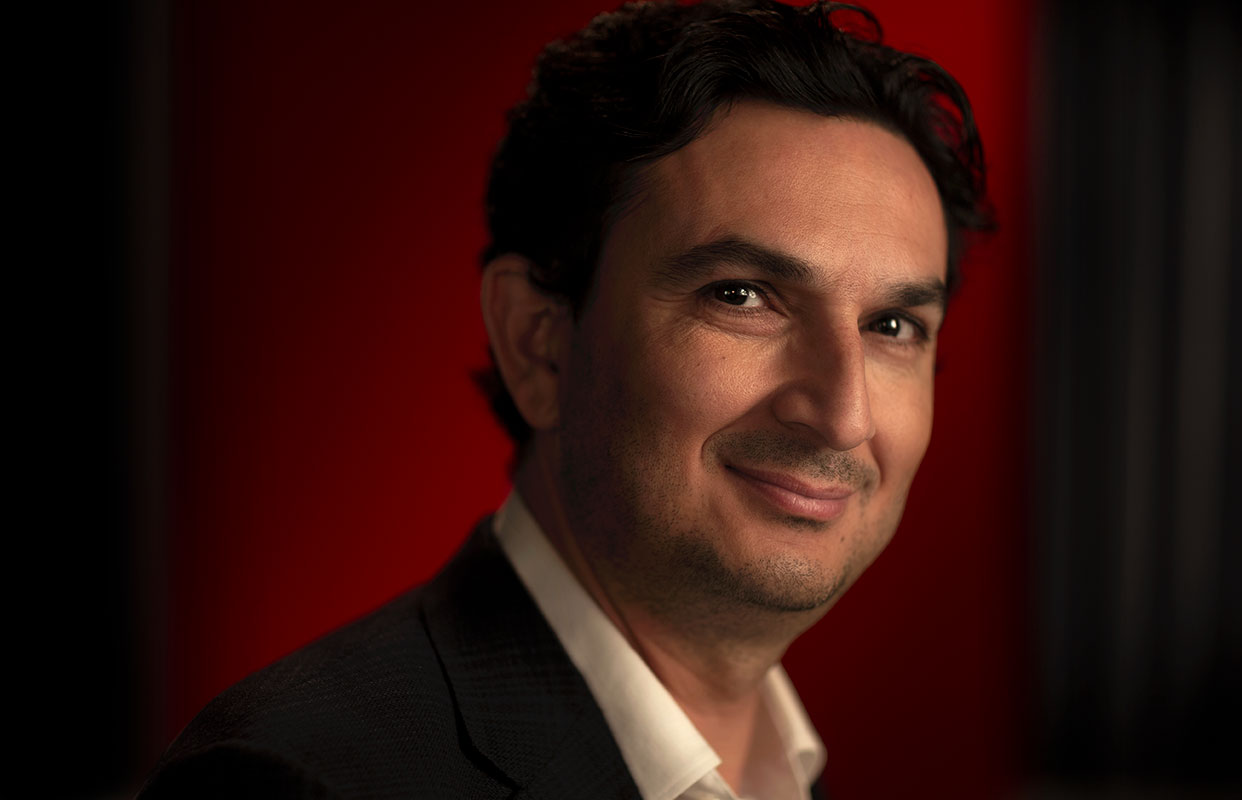Orthopaedic surgeon and human rights advocate
2020 Australian of the Year | New South Wales
Professor Munjed Al Muderis fled Iraq in 1999 and arrived on Christmas Island in a leaking boat. Already a qualified doctor, he overcame extraordinary obstacles to become an orthopaedic surgeon.
His surgical innovations are helping people around the world recover from devastating injuries. Munjed is also a powerful advocate for humanitarian work supporting asylum seekers and refugees.
Last’s Anatomy
This book was one of the few items Munjed brought from Iraq. It is a reminder of his life as a junior doctor and was a treasured companion during the difficult time in detention.
Forced to flee
I did not want to flee Baghdad but after refusing Saddam Hussein’s orders to mutilate the ears of army deserters, I had no other choice. Despite growing up in a privileged family, I knew I was now a traitor. I fled the hospital with only the clothes on my back, as well as this anatomy book.
Cover to cover
The Department of Immigration confiscated the book on my arrival at Curtin Detention Centre. Perhaps they thought I had hidden a code to escape amongst the pages? It took several months, including a five-day hunger strike, for management to give my book back. While in solitary confinement, I read the book from cover to cover several times. This helped me score very high marks in anatomy when, upon my release, I sat the Royal Australasian College of Surgeons primary exam.
Giving hope
Living in a war-torn country like Iraq, I'd seen a lot of people who had lost their limbs and I always wanted to do something about that. Osseo-integration involves a cutting-edge technique where surgical implants are directly integrated into the bone, and a high-tech robotic prosthesis clicks onto the implant. It is incredibly rewarding to see people regain hope and be able to look to a brighter future.
This exhibition was developed by the National Museum of Australia in collaboration with the National Australia Day Council. Portrait images supplied by the National Australia Day Council.


